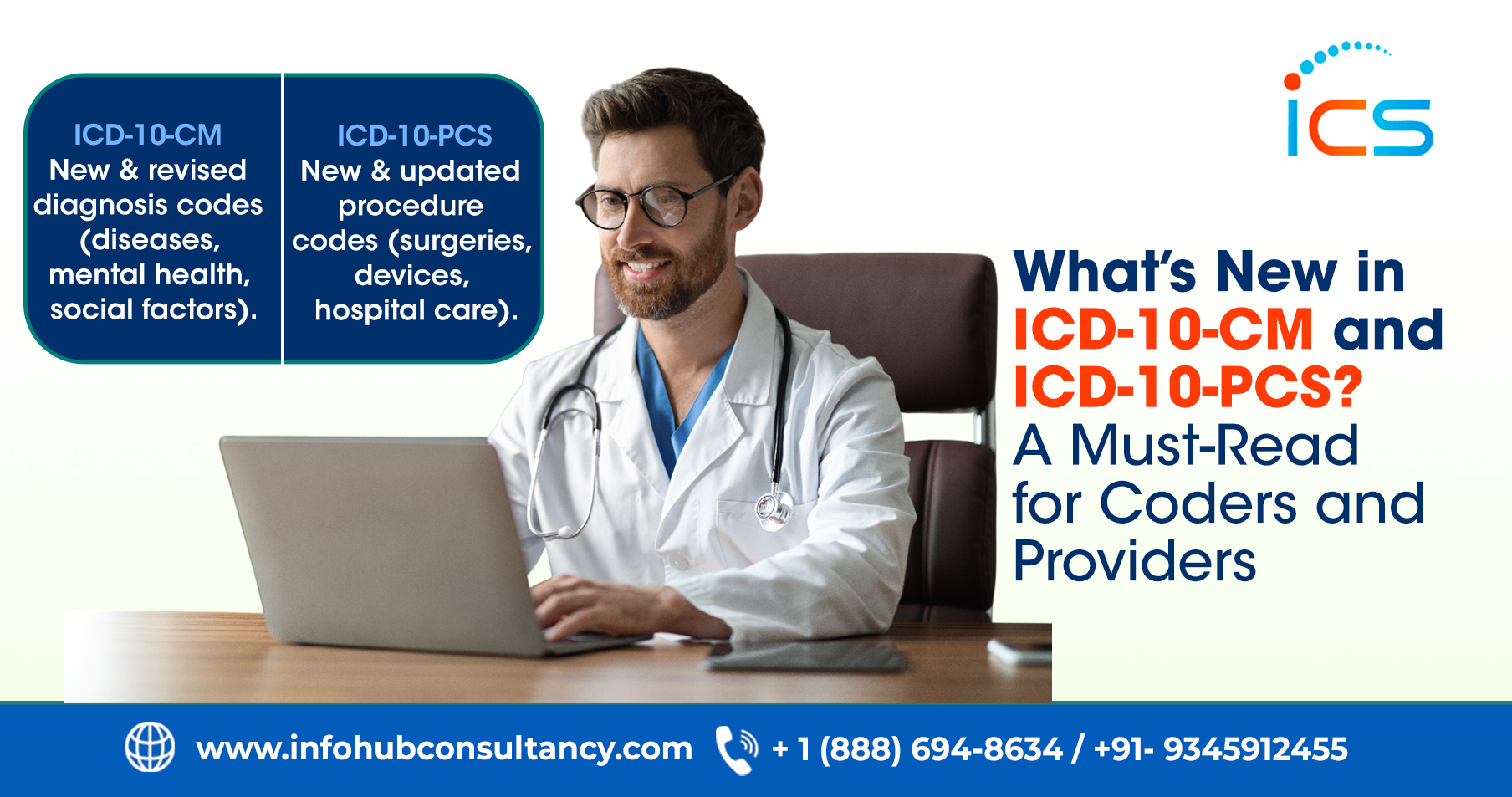Optometry has highly precise documentation and reporting protocols, norms, and regulations to follow, much like any other specialty. All practises must go by these regulations, which are stringent in terms of timelines and accuracy, and insurance companies will call them out if they don’t adhere.
All claims must be extremely thorough and error-free in order to be properly paid by any insurance company. Thorough, prompt, and documentation of all interactions is essential for a healthy connection between the physician, the patient, and the insurance company.
Trained employees and equipment are necessary for an optometric practise to maintain a steady cash flow. The submission of accurate claims is essential to the operation and must never be left in the hands of an untrained employee. It’s critical that you and your employees have proper training in optometry coding procedure if you want your office to run smoothly. Knowing how to perform billing and coding for optometry is the key.
Optometry has 16 different ways to code eye exams, thus it’s critical to comprehend the meanings and applications of these fundamental codes. The 16 mandatory codes are divided into three groups: 2 HCPCS “S” codes (S062X), 4 ophthalmic visit codes, and 10 assessment and management (E/M) numbers (992XX) (920XX). There are three common coding sets used in optometry. They include:
• The majority of procedures use CPT codes.
• The Health Care Procedural System for all non-CPT covered operations
• The ICD-10 diagnosis codes
Using the Appropriate CPT Code Modifiers
Given that services are frequently complicated, CPT code modifiers aid in adequately describing them.
You can accomplish the following with its assistance:
• Determining the necessity of the procedure.
• Being aware of the number of doctors treating the patient.
• If there have been a lot of previous procedures.
• Where the operations were performed, among other details crucial to a claim’s position with the insurance funder.
A substantial percentage of medical claims are rejected if it’s used incorrectly. RT/LT for the left and right eye/lids make up the most common modifier for ocular inspection. Additionally, the E1-E4 modifiers aid in distinguishing between the superior and inferior lids as well as the left and right lids. As a result, they are typically combined with a hyphen and put to the end of a CPT code. Before using any of the CPT code modifiers, it’s important to understand their varied applications.
Here are some tips for optometry medical billing to ensure that your practice does not lose out on revenue and gets appropriately reimbursed.
Verify Patient & Insurance Provider Details
Ensuring the provider has been given the insurance payer’s approval (credentials) is one of the initial steps in optometric medical billing.
As per the rules of the insurance plan, don’t forget to file and monitor provider credentialing applications. Whenever enrolment is open, go one step further and routinely check in with insurance payers to ensure that the providers are included in the network.
Maintain Accurate E&M Records
Maintain thorough records that details Evaluation and Management (E/M) service. To assist clinicians in streamlining patient record documentation, CMS announced a number of modifications to E/M documentation beginning in 2019. For E/M office/outpatient visits, doctors are no longer required to re-enter or re-document the patient’s principal complaint and any history that auxiliary personnel or the beneficiary had already recorded in the medical record (both new and old patients).
Collect Co-Pays and Deductibles Upfront
Creating an upfront collection plan is one of the quickest methods to improve your practice’s cash flow. If the patient’s insurance plan has a co-pay, coinsurance, or deductible, always collect it before they leave the clinic during check-in or check-out. Sending invoices ahead of time improves your chances of receiving payment on schedule and decreases Accounts Receivable (AR) delays. Additionally, open balances give a deceptive impression of your AR.
Follow-Up With Denied Claims
Finding the reasons why the claim was initially rejected is never at the top of the list of preferred tasks. The good news is that approximately 90% of denials can be prevented, and on average, two-thirds of them can be recovered. Even while it takes time and frustration to figure out why the insurance payer initially rejected the claim, the longer you wait to figure out what went wrong, the less likely it is that you will be able to collect the whole amount (or any amount) from the insurance provider.
Below is a list of common optometric billing and coding errors
Every optometrist should be aware of and steer clear of these three typical optometry billing and coding mistakes. These typical errors include:
Over-Coding
When you charge for a level of service over what is reasonable, you are over-coding an examination. When an E/M level 4 substitutes the medical record that supported an E/M level 3, for instance.
Under-Coding
It is the most typical mistake in optometry. At a lower level than the examination, judgement assistance, and patient history, it entails charging a problem-focused evaluation and management office.
Payable Processes
This mistake is similar to the under-coding mistake, except it goes a little bit further. It occurs when the patient’s medical insurance is not billed for the examination after the coding process is complete.
Info Hub Consultancy Services (ICS), an offshore medical billing and coding company specializes in Optometry billing, and has a vast experience in offering its services to physicians and hospitals. Our expert team is well trained in ensuring error-free claims, and help increase practice revenue by reducing claim denials, meticulously following up on denials and more.

 5 mins read
5 mins read 








.png)

